 |
| Mt. Southey with Acrothamnus (Leucopogon) colensoi in front |
On November 2, barely a day or two after arriving in New Zealand, our redoubtable
host Hamish Brown (click on his name to get a glimpse of his garden) wafted us up to a not terribly well known mountain (the better known peaks to the south where we were SUPPOSED to go were socked in with rain)...the scenery all the way northward was enchanting--the Canterbury plains and the foothills at the base of Mt. Southey* are somewhat drier than much of New Zealand--certainly to the north and west: they are borderline steppe and the higher you get the more pristine the countryside. The climb wasn't just memorable--it was one of the most magnificent days we shall ever pass--and it deserves the 100 or so images I have posted: I thank Hamish for any correct identifications--any errors are my own! You will find little or no commentary below: I think the mountain speaks pretty well for itself. I'm grateful my camera was working (smoking!) and the weather so perfect that day. So here you are!
 |
| Acrothamnus (Leucopogon) colensoi |
 |
| Acrothamnus (Leucopogon) colensoi |
 |
| Acrothamnus (Leucopogon) colensoi |
 |
| Helichrysum intermedium |
Another view of the mountain: we will be climbing the mountain up just left of the valley...
 |
| Celmisia sessiliflora |
Hamish was suprised to see this so low.
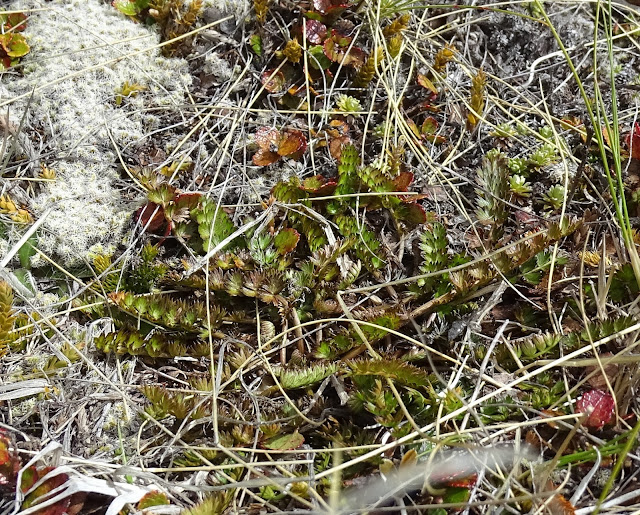 |
| Anistome aromatica |
I love umbels!
 |
| Cytisus scoparius dwarfed by altitude |
Hamish found a weed! Not many at this elevation...
 |
| Celmisia spectabilis |
 |
| Celmisia discolor (top) bottom C. spectabilis |
 |
| Aciphylla aurea |
 |
| Dracophyllum spp. |
 |
| Dracophyllums and grass making a fairy ring |
 |
| Double fairy rings (grass and Dracophyllum) |
 |
| Lower slope with various textures (and Dracophyllum) |
 |
| Lycopodium fastigiatum |
 |
| Lycopodium fastigiatum (left) Kelleria duefenbachii. and Gentiana corymbosa rosette far right. |
 |
| Hebe pauciramosa |
 |
| Hebe pauciramosa |
 |
| Scleranthus uniflorus (or possibly a moss--can't tell without touching it, says Hamish) |
 |
| Fairy ring and vista |
 |
| Scleranthus uniflorus (top) |
 |
Mottled ground
|
 |
| Hebe lycopodioides |
 |
| Hebe lycopodioides |
 |
| Hebe odora |
 |
| Celmisia discolor |
 |
| Celmisia spectabilis |
 |
| Celmisia semicordata |
 |
Olearia sp
|
 |
| Olearia sp. |
 |
| Dracophyllum & Usnea torulosa |
 |
| Astelia nervosa |
 |
| Mosses (most likely Racomitrium lanuginosum) |
 |
Mixed Celmisia, Dracophyllum, Acrothamnus and Racomitrium lanuginosum
|
 |
| Fairy ring Chionochloa australis |
 |
Hebe lycopodioides and Racomitrium lanuginosum
|
 |
Racomitrium lanuginosum
|
 |
| Usnea |
 |
Racomitrium lanuginosum
|
 |
| Ranunculus insignis |
 |
| Podocarpus nivalis |
 |
| Helichrysum intermedium |
 |
| Raoulia bryoides |
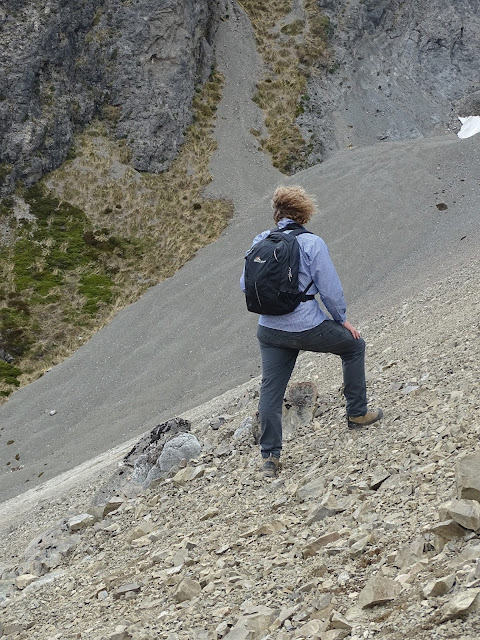 |
| Raoulia bryoides |
 |
| Raoulia bryoides |
 |
| Raoulia bryoides |
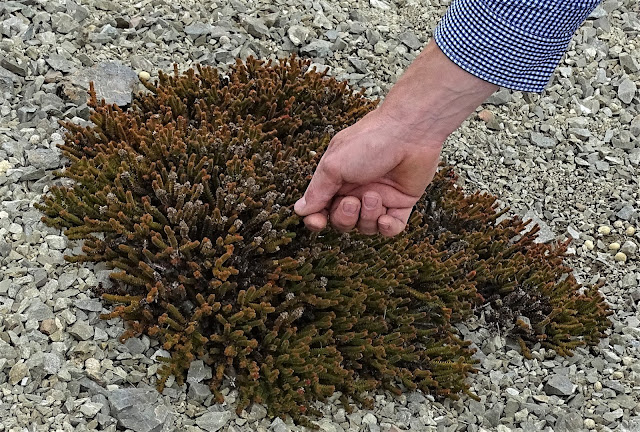 |
| Hebe epacridea |
 |
| Hebe epacridea |
 |
| Myosotis traversii |
 |
| Leptinella atrata |
 |
| Raoulia bryoides |
 |
| Raoulia bryoides |
 |
| Helichrysum intermedium |
 |
| Raoulia bryoides |
 |
| Raoulia bryoides |
 |
Raoulia bryoides
|
 |
| Helichrysum intermedium |
 |
| Raoulia bryoides |
 |
| Raoulia bryoides |
 |
| Raoulia bryoides |
 |
| Raoulia bryoides |
 |
| Raoulia bryoides |
 |
| Usnea gone crazy |
 |
| Colobanthus acicularis |
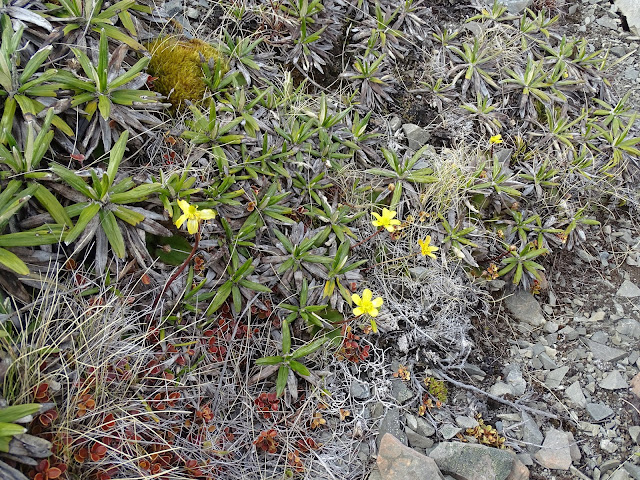 |
| Ranunculus insignis |
 |
| Ranunculus insignis |
 |
| Colobanthus acicularis on Raoulia bryoides |
 |
| Haastia pulvinaris |
The vegetable sheep visible on the other side of the valley--quite a ways away!
 |
| Haastia pulvinaris |
 |
| Haastia pulvinaris |
 |
| Haastia pulvinaris |
 |
| Haastia pulvinaris |
 |
| Hamishus Brownii |
 |
| Helichrysum intermedium |
 |
| Raoulia mammilaris |
 |
| Haastia sinclairii |
 |
| Haastia pulvinaris |
 |
| Haastia pulvinaris |
 |
| Haastia pulvinaris |
 |
| Haastia pulvinaris |
 |
| Raoulia mammilaris |
 |
| Raoulia mammilaris |
 |
| Haastia pulvinaris |
 |
| Haastia pulvinaris |
 |
| Haastia sinclairii |
 |
Raoulia mammilaris (foreground)
Haastia pulvinaris (behind)
|
 |
| Haastia pulvinaris |
 |
| Haastia pulvinaris |
 |
| Haastia pulvinaris and reddish Epilobium sp, |
 |
| Anistome imbricata var. imbricata |
 |
| Raoulia mammilaris and Hamish |
 |
| Raoulia mammilaris and Helichrysum intermedium |
 |
Medley of Haastia pulvinaris, Raoulia mammilaris and Phyllachne colensoi.
|
 |
| Raoulia mammilaris |
 |
| Raoulia mammilaris |
 |
| Raoulia mammilaris |
 |
| Raoulia mammilaris |
 |
| Raoulia mammilaris |
 |
| Raoulia mammilaris |
 |
| Celmisia viscosa |
 |
| Celmisia viscosa |
 |
| Haastia pulvinaris and Raoulia mammilaris |
 |
| Raoulia mammilaris and chartreuse Haastia pulvinari |
 |
| Raoulia mammilaris |
 |
| Raoulia mammilaris, Haastia pulvinaris and me... |
 |
| Raoulia mammilaris |
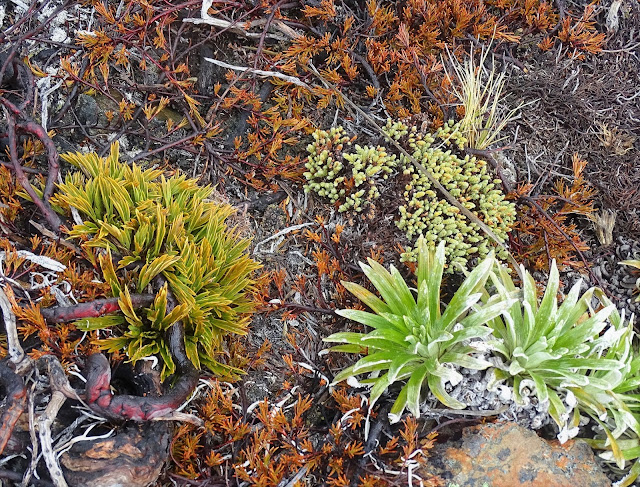 |
| Aciphylla monroi, Kelleria diefenbachii and Celmisia viscosa |
 |
| Raoulia mammilaris |
 |
| Haastia sinclairi |
 |
| Myosotis traversii. |
 |
| Raoulia grandiflora |
 |
| Hamish and Celmisia senucordata |
 |
| Celmisia senucordata |
 |
| Celmisia laricifolia blooming |
 |
| Gaultheria sp. |
 |
| Dracophyllum |
 |
Dracophyllum in Racomitrium moss carpet
|
 |
| Geranium sessiliflorum in two color phases |
 |
| Raoulia mammilaris |
 |
| Raoulia mammilaris |
 |
| Back at the Brown home garden with Joe (far left) and Ann Cartman: Mika Brown half hidden behind Ann, and Jan Fahs to her left. |
*Mount Southey: presumably named for Robert Southey, who coined the word "autobiography" and was first to tell the tale of Goldilocks and the three Bears. It is well worth reading the
Wikipedia account of this once very influential Romantic Poet who has had a much greater impact on English Literature than is generally acknowledged nowadays.




































































































































Superb once again … and so nice to see Ann and Joe looking so well.
ReplyDelete… but I'm not convinced that they are Ranunculus insignis flowers.
ReplyDeleteAny idea what you think it could be Cliff?
ReplyDeleteI am fairly sure it is R. insignis but is probably a different form to what Cliff is use to looking at. R. insignis is highly variable and combines what were considered to be 3 separate species (insignis, lobulatus and monroi). The form in the photos is the monroi form which is shorter, has smaller, more ovate and less coarsely toothed leaves and unbranched scapes, compared with the insignis form.
ReplyDeleteAh, my apologies, Hamish … I am obviously behind the times and was unaware that R. monroi had been unceremoniously consumed by R. insignis … not a bad fate, but we older readers need time to absorb such facts … another lifetime might just suffice. Best wishes to you both and I hope to meet up with Panayoti in Kent in April.
ReplyDelete